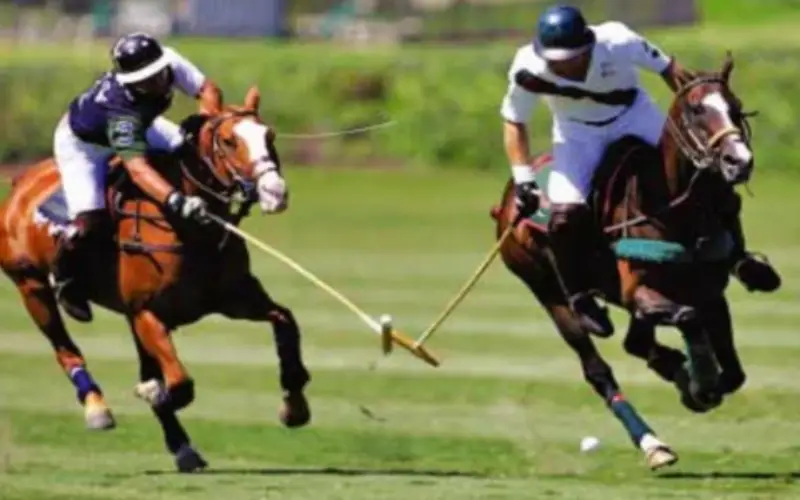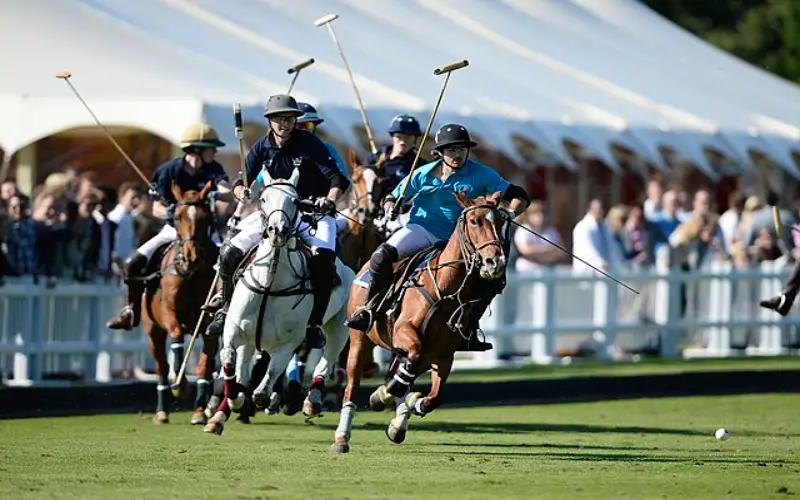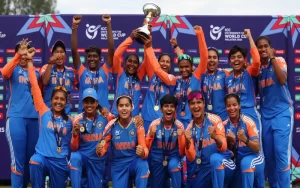Cricket is a sport long associated with the gentleman’s game, played on lush, expansive pitches with bats and balls. However, a less well-known but equally fascinating variant of the game existed in the 19th century: cricket on horseback. This peculiar game, which combined the elegance of cricket with the gallantry of equestrianism, is a testament to the diverse ways in which traditional sports can evolve.
Origins and Evolution of Cricket on Horseback
The origins of cricket on horseback can be traced back to England in the early 19th century. As the game of cricket evolved from its rudimentary beginnings to a more structured sport, the British upper classes, ever fond of both sports and leisure activities, sought ways to infuse their pastimes with novelty and excitement. Combining cricket with horseback riding seemed a natural progression for those who enjoyed both pursuits.
Initially, the game was a whimsical pastime for the elite, often played at country estates or during hunting parties. The concept was relatively simple: participants, mounted on horses, used their riding skills to engage in a modified version of cricket. While the game did not achieve the same level of popularity or formalization as traditional cricket, it represented a fascinating intersection of athleticism and tradition.
Rules and Gameplay
Cricket on horseback had its own unique set of rules and variations. Unlike traditional cricket, where players are stationary, this version required a significant level of coordination between horse and rider. The pitch was shorter, and natural features such as hedges or trees often marked the boundaries instead of formal boundary lines.
The fundamental elements of the game remained: a bowler delivered the ball to a batter, who attempted to hit it with a bat. However, in cricket on horseback, the bowler typically delivered the ball from a galloping position, adding a dynamic and unpredictable element to the game. The batter, also mounted, had to time their swing and positioning with the movement of their horse, making the game a complex dance between rider and mount. For those who want to explore this topic further, consider the services of seminararbeit schreiben lassen.
Fielding in this variant of cricket was particularly challenging. Players had to navigate their horses to intercept or retrieve the ball, often in uneven terrain. This required a high level of skill, both in horseback riding and in understanding the trajectory of the ball.
Cultural Significance and Decline

Cricket on horseback was more than just a sport; it reflected the social status and cultural attitudes of its time. The game enjoyed popularity among the British aristocracy and often appeared at country fairs, garden parties, and other social gatherings. It provided a way for the elite to showcase their wealth and refinement, blending two traditionally high-status activities—cricket and horseback riding—into a single spectacle.
However, as the 19th century drew to a close and the 20th century began, the popularity of cricket on horseback waned. The game became a casualty of changing tastes and the growing standardization of sports. Traditional cricket continued to evolve and solidify its rules, while horseback cricket faded into obscurity.
The decline was also influenced by the rise of other equestrian sports that offered more formalized competition and organization. Polo, for example, became increasingly popular and absorbed much of the interest in horseback games. The logistical challenges and the relatively small number of enthusiasts willing to maintain the game also contributed to its decline.
Revival and Modern Interest
Despite its decline, cricket on horseback has not been entirely forgotten. Enthusiasts and historians have occasionally revived interest in this unique sport, often as a way to celebrate historical traditions or as part of reenactments. Various equestrian clubs and historical societies have made efforts to preserve and occasionally resurrect the game, showcasing it at special events or as a quirky addition to traditional sporting calendars.
In recent years, there has been a growing trend towards exploring and reviving historical sports as part of a broader interest in heritage and tradition. Cricket on horseback, with its rich history and unique gameplay, offers a fascinating glimpse into how traditional sports can adapt and evolve. It serves as a reminder of the diverse ways in which people have sought to combine their passions and entertain themselves throughout history.
Conclusion
Cricket on horseback stands as a charming relic of a bygone era, blending the elegance of cricket with the grace of horseback riding. Although it may never reclaim its place as a mainstream sport, its historical significance and the unique challenges it presented remain a testament to the ingenuity and creativity of sports enthusiasts in the past. As we look back on such games, we gain a deeper appreciation for the ways in which sports have evolved and the myriad forms they have taken over the centuries. In celebrating these “games that time forgot,” we honor the spirit of innovation and the enduring appeal of combining traditional pastimes in new and exciting ways.
Read more about : tracksino
















